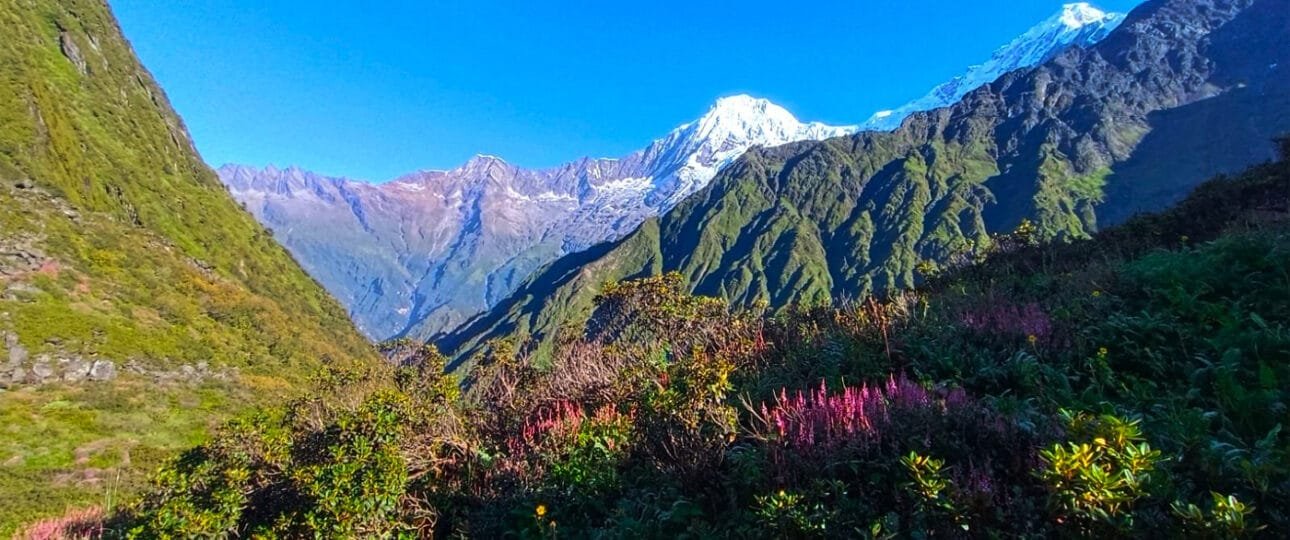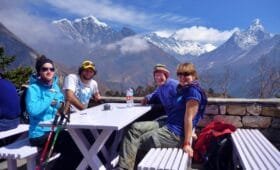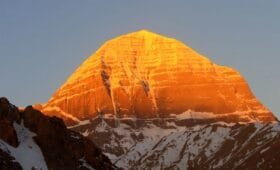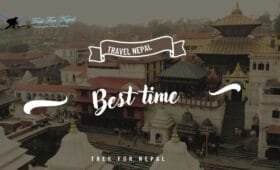Introduction
If you’re looking for an off-the-beaten-path trekking experience in Nepal, the Ruby Valley Trek is an incredible choice. This lesser-known trek takes you through picturesque villages, lush forests, and breathtaking mountain views, all while offering a chance to immerse yourself in the authentic culture of rural Nepal. Whether you’re a seasoned trekker or a beginner, the Ruby Valley Trek offers a perfect combination of adventure, nature, and cultural discovery.
What is the Ruby Valley Trek?
The Ruby Valley Trek is a hidden gem in the central region of Nepal, situated between the Langtang and Ganesh Himal ranges. It is known for its stunning natural beauty, traditional villages, and peaceful atmosphere. Ruby Valley is relatively uncrowded, unlike some of Nepal’s more famous treks, providing trekkers with a more intimate and unspoiled experience of Nepal’s Himalayas.
Highlights of the Ruby Valley Trek:
- Scenic Mountain Views: The trek offers spectacular views of the Ganesh Himal, Langtang Himal, and the Manaslu range.
- Cultural Encounters: Trek through villages inhabited by the Tamang and Gurung people, experiencing their traditional lifestyles and cultures.
- Natural Beauty: Pass through lush forests, terraced fields, and alpine meadows that change with the seasons.
- Less Crowded: Enjoy a quieter, more peaceful trek than popular routes like the Annapurna Circuit or Everest Base Camp.
Ruby Valley Trek Itinerary
The Ruby Valley Trek typically takes 7 to 12 days, depending on the route and pace of travel. Here’s a general day-by-day itinerary:
Day 1: Drive from Kathmandu to Syabrubesi
Your journey starts with a scenic drive from Kathmandu to Syabrubesi, the starting point of the trek. The drive takes you through winding mountain roads and offers glimpses of rural Nepal.
Day 2: Trek from Syabrubesi to Gatlang (2,200m)
The trek begins as you head towards Gatlang, a Tamang village known for its beautiful terraced fields and traditional houses. The trail offers stunning views of the surrounding mountains.
Day 3: Trek from Gatlang to Somdang (3,270m)
The trail ascends through dense forests and terraced fields to reach Somdang, a remote village with incredible views of Ganesh Himal and other peaks.
Day 4: Trek from Somdang to Pangsang Pass (3,840m) and Overnight at Pangsang
Today’s trek takes you to Pangsang Pass, which offers panoramic views of the surrounding peaks, including Ganesh Himal, Langtang, and Manaslu. Overnight at Pangsang.
Day 5: Trek from Pangsang to Shertung (1,800m)
Begin your descent towards Shertung, a small village with a rich history and vibrant cultural traditions.
Day 6: Trek from Shertung to Dundure Kharka (2,000m)
The trek continues through pine forests and open meadows, eventually reaching Dundure Kharka. This area offers peaceful surroundings and great opportunities for wildlife spotting.
Day 7: Trek from Dundure Kharka to Syabrubesi
On the final day of your trek, descend back to Syabrubesi, where you will complete your Ruby Valley adventure. From here, take a bus or jeep ride back to Kathmandu.
Ruby Valley Trek Difficulty Level:
The Ruby Valley Trek is considered a moderate trek. It is suitable for trekkers with good fitness and experience with multi-day trekking. The trail involves gradual ascents, steep sections, and altitude gain, but the route is well-marked and manageable.
Factors to Consider:
- Altitude: The highest point, Pangsang Pass, is at an altitude of 3,840m. While this is not exceptionally high compared to other Himalayan treks, altitude sickness can still be risky, so proper acclimatisation is essential.
- Trail Conditions: The trails are well-maintained, though they can be steep in sections. The path is less crowded, which allows for a more peaceful trek.
- Weather: The weather is generally mild during the trekking season, but conditions can change quickly, especially in higher altitudes.
Best Time to Trek Ruby Valley:
The best seasons to trek the Ruby Valley are spring (March to May) and autumn (September to November). During these seasons, the weather is generally clear and dry, offering excellent visibility of the Himalayan peaks. Winter can be cold, and the monsoon season is best avoided due to the muddy and slippery trails.
How to Reach Ruby Valley Trek Starting Point:
To begin the Ruby Valley Trek, you must first reach Kathmandu. From Kathmandu, you will take a scenic drive to Syabrubesi, which is the starting point of the trek.
Transportation Options:
- By Bus: The bus ride from Kathmandu to Syabrubesi takes approximately 6-8 hours. This is the most affordable option.
- By Private Jeep: You can also hire a private jeep for a more comfortable and quicker ride (around 5-6 hours).
What to Pack for the Ruby Valley Trek:
Packing correctly is crucial to ensure a comfortable trekking experience. Here’s a list of essentials for the Ruby Valley Trek:
Essential Gear:
- Clothing: Lightweight, moisture-wicking clothing, fleece layers, and a waterproof jacket.
- Footwear: Comfortable trekking boots with good ankle support.
- Sleeping Bag: A warm sleeping bag rated for higher altitudes.
- Trekking Poles: Helpful for balancing during steep ascents and descents.
- Water Bottle and Purification Tablets: Ensure access to clean drinking water.
- Sunscreen and Sunglasses: Protect your skin and eyes from intense UV rays.
Why Choose the Ruby Valley Trek?
The Ruby Valley Trek offers an off-the-beaten-path experience in Nepal. The combination of stunning mountain views, authentic cultural experiences, and fewer crowds makes it an excellent alternative to more popular treks. Whether you’re interested in trekking through dense forests, exploring rural villages, or simply enjoying the peace of the mountains, Ruby Valley offers something for every adventurer.
Conclusion:
The Ruby Valley Trek is a truly unique trekking experience in Nepal. Its stunning scenery, rich culture, and fewer tourists provide an excellent opportunity to explore the natural beauty and traditional lifestyle of Nepal’s rural villages. Whether you’re a first-time trekker or an experienced adventurer, Ruby Valley is an unforgettable journey that will stay with you long after your trek is complete.
FAQs About Ruby Valley Trek
1. What is the best time to trek Ruby Valley?
The best seasons are spring (March to May) and autumn (September to November), when the weather is clear and temperatures are mild.
2. How challenging is the Ruby Valley trek?
The Ruby Valley Trek is moderately complex and suitable for trekkers with a reasonable fitness level. It involves some altitude gain but is less strenuous than other high-altitude treks in Nepal.
3. How long does the Ruby Valley Trek take?
Typically, the trek takes 7-12 days, depending on your pace and itinerary.




